For a brand, nothing is more coveted, or more precious, than customer loyalty. Choose any metric you like to measure — success and loyalty will be the catalyst for most any positive result. Likewise, its absence or decline will signal there’s a problem with the brand.
In his book Becoming A Category Of One, author Joe Calloway defines a brand as “what people think it’s like to do business with you.” Loyalty says “I like doing business with you.” “I choose to do business with you.” At its most steadfast, loyalty says, “I will forsake all others to exclusively do business with you.” Moving consumers to that level of commitment is what loyalty programs are all about.
It’s no surprise that for more than a year, COVID has tested customer loyalty like never before. During the national lockdown, with fractional closures of restaurants, stores and entertainment venues, and the overall lack of face-to-face interaction, most brands lost the unique, in-person, experiential advantages that helped differentiate them from their competitors. It didn’t help that the world was forced to live online and that consumers grew even more accustomed to shopping there. To fight back, many brands improved and leaned on their loyalty programs to help drive traffic. Really smart brands dug in deep and got aggressive.
Like the brands they represent, loyalty programs come in all shapes and sizes. At their most basic, brands leverage their collected email addresses to blanket inboxes with special offers in the hope of moving those connections to action. At their most robust, loyalty programs can deliver offers, rewards, games, and personal communication through engaging Apps that connect brands to users in the tens of millions. Both can be effective. But without smart, strategic thinking behind them, neither can harness the connective potential they promise.
The best of the best.
When you ask people to rank the best loyalty programs, brands like Sephora, Nike, Chick-Fil-A, Southwest Airlines, Nordstrom, and Starbucks come up time and time again. Not surprisingly, those are also brands noted for their extraordinary customer service.







